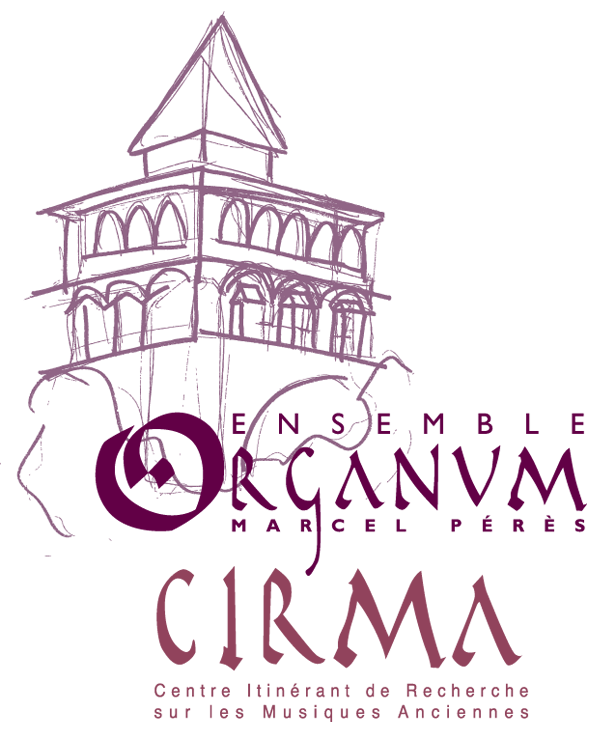Workshop directed by Marcel Pérès
7 – 9 february 2025 –
Toledo – Mozarabic chant of the 15th century.
The Mozarabic chant is the ancient liturgical chant of the Iberian Peninsula’s churches. It was formed at the beginning of the evangelization of the provinces of Hispania romana and was established under the reign of the Visigoths (466-711) with a strong influence of the North African churches. It continued to be practiced during the Muslim period and was at this time that it received the denomination of Mozarabic chant, a term that designated the Christians who had kept their faith while having adopted lifestyles close to the Arab-Berber culture.
The actions of the Carolingians in the 9th century to establish the Roman liturgy throughout the empire had no effect on the Iberian Peninsula, except in the territories of the Marca Hispanica in the northeast controlled by Charlemagne. However, at the end of the 11th century, the opening of the policy of the kings of Castile beyond the Pyrenees changed the bishops’ will to maintain the old tradition. Thus in 1081, at the council convened by King Alfonso VI in Burgos, they decided to replace the ancient Hispanic chant with the Gregorian chant. Under the impetus of the monks of Cluny, this Gregorian repertoire spread throughout the peninsula from Moissac in a movement from north to south, following the Reconquista of the territories occupied by the Muslims. As musicians of the late 11th century used a notation system that did not indicate intervals and the oral tradition gradually disappeared, musical manuscripts of this period are for us desperately silent.
However, some churches, especially in Toledo, had preserved this song as an oral tradition. At the end of the fifteenth century, it was noted thanks to the clairvoyance of Cardinal Cisneros. He institutionalized the Mozarabic rite by assigning it to a chapel in the cathedral, that of Corpus Christi. He entrusted the task of reconstructing the liturgy to Canon Alonso Ortiz.
Only three manuscripts transmit this song of Toledo, two for the mass and one for the office of vespers. They are currently kept in the Mozarabic chapel of the cathedral of Toledo. The music is translated by a mensural notation of the end of the fifteenth century and therefore perfectly readable as to rhythm and melody.
The Toledo manuscripts, which bear witness to the state of oral tradition at the end of the 15th century, present a music whose melodic contours seem to differ from those of the 11th-century manuscripts. However, pieces visibly marked by the aesthetics of the fifteenth century, in addition to others, directly from the old background, which carry in them the echo of the ancient song of the churches of Africa.
°°°°°°°°°°°°°°°°°°°°°°°°°°°°°°°°
Cost : 90 € + 30 € membership
More informations
Mail à ensembleorganum@yahoo.fr


